 If you have kids, or know any kids, you know that pretty much everything in their vicinity needs to be baby-proofed, for the safety of a crawling or toddling child, as well as your expensive technology. A personal childhood memory of my younger brother sticking tweezers in a wall outlet reminds me that the clatter of the remote control isn't the only thing to be concerned about. Here are 3 ways to protect your little ones and protect your electronic investments, without sacrificing any style or convenience. 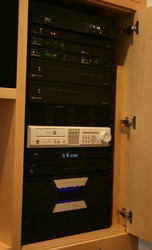
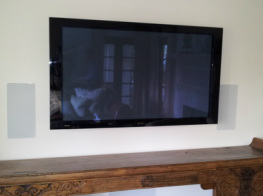
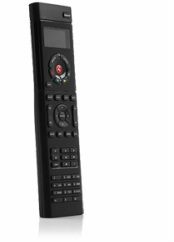
Childproofing your home electronics doesn't have to mean hard-to-open (for adults!) cabinets and an ugly plastic cover over everything. You don't want to have to steer the younger members of the family away from an entire area of the house or continuously repeat, "Don't touch that!" Protecting your loved ones and your investments can be easy, and a bonus for everyone. These changes will mean that every guest and member of the family can fully enjoy every part of your home with total peace of mind.
1 Comment
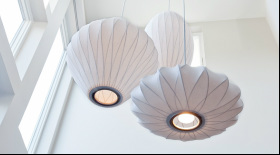 Kermit may have sung of the hardships of being green, but here at BCG we think it’s easy, and totally worth it. Especially in Los Angeles, you already recycle, use re-usable grocery bags, and drive an Earth-friendly vehicle, why shouldn’t your house be part of the environmental fun too? With all the advances in today’s technology, there are easy things you can do throughout your home that Mother Nature would be proud of, and actually make your life better. Making your home a “Smart Home” is just the thing to modernize your space and make everything around the house a little more convenient, all the while saving you money and doing your part to protect our planet. The quickest way to get your home on the “smart” track? Lighting Control. Automated lighting is an essential element of any smart home. It’s also the easiest way to cut down your electricity bill and save some energy. Preset dimmers, motorized shades, and scheduled automation can help ensure that lights aren’t left on unnecessarily and your entire home can take advantage of natural light. Especially here in Southern California, we should take advantage of all that sunshine! 5 Big Benefits of Lighting Control:
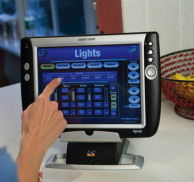
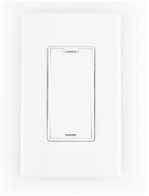
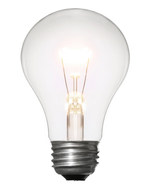
Taking the first step toward total lighting control will give you instant gratification on your electric bill, as well as making your home modern and beautiful. We told you it’s easy being green!
Sound is the element in your home theater that gives your visual experience real presence; it's the aspect that can make you feel like you are really there. A good sound set up can be the difference between just watching Tom Hanks take off in "Apollo 13" and being able to imagine you're actually sitting next to him, hearing the shuttle engines ignite around you. Setting up your home with a quality audio system is what will take your big screen from basic TV to immersive home theater. So what would you need to create amazing theater audio in your home? 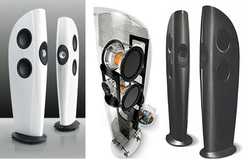
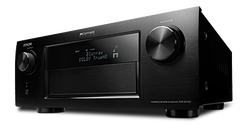

Black Friday is just around the corner, and we’re all about to be overwhelmed with too-good-to-be-true sounding deals on everything, particularly all those flat panel TVs. Before you gobble down your Thanksgiving pie so you can be in line by midnight for that 70” big screen, let’s take a look at the options, and BCG will help you navigate all the choices. #1 - Size it upBefore you hit the stores, consider your actual space. A 70” television might be enticing, but depending on how your room is set up and how close you’ll be seated, bigger is not always better. Start by assessing the space, the size of the room, the shape, and the arrangements. Then measure how far you’ll be seated from the screen. The further the distance, the bigger the screen your room can handle, and ideally, you probably want the biggest display your space can handle, without going overboard. Check out the measurements below to estimate the perfect size displays for your home: 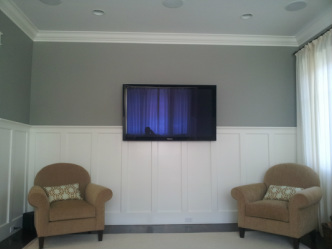
#2 - Screen TypeNow that you have an idea of maximum and minimum screen sizes that will work best; we can start to navigate the available HDTV display options. Understanding the differences between the types and considering your primary usage will help you to pick the perfect display.
#3 - AccessoriesSo you’ve made your choice of HDTV, excitedly get it home and suddenly realize you’re in need of a return trip to the store to be able to set it up and actually enjoy your new toy. Just as important as choosing the right actual television, you’ll want to make sure you have all the correct cables and accessories to set it up. 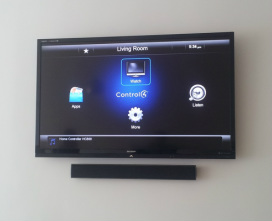
Now you’re ready to head out and find your new HDTV. By preparing with our top 3 tips for choosing an HDTV, you’ll be able to make the best choice for your space, eliminating any Black Friday buyer’s remorse, and making that discount deal all the sweeter.
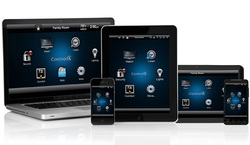 The phrases "smart home," "home automation," and "integrated home" get thrown around quite a bit and it can be confusing to figure out what exactly you need amidst all the noise. There are many players getting into the smart home market including ADT, Verizon, AT&T and more. Systems are becoming more affordable and scalable allowing home owners to get started small and build their systems over time. Here are 5 tips to finding the right installation for you. #1 - Find a system that allows integration with your mobile devices5-10 years ago, there were fewer players in the market and touch screen control was only offered through their proprietary devices. Take Crestron Electronics for example - They are the leader in automation for residences and businesses and pioneered many of the technologies in the industry. Their touch panels made it cost prohibitive to many consumers at $2,000-$3,000 a piece to provide a nice graphical user interface. Now you can have your iPad, iPhone, Andriod or computer as your touch panel and save a significant cost on those devices. Control4 offers a site license for the home as part of their control systems that is a one time fee of $499. This allows the home owner to sync unlimited mobile devices to their system. There are some advantages in having branded touch panels and interface devices. Typically, the iPhone and iPad are slower to access quick functions like lights, volume and channel surfing #2 - Choose a system with wireless devices such as dimmers, switches and thermostatsMost of the systems allow you to do this to some extent but if you want your system to be scalable, pick a system like Crestron or Control4 that allows you to add wireless dimmers, switches, thermostats, and more. This also allows you to reduce the hardware in the system without having to make a physical wiring connection from each device to the processor. A few years ago, every single device would have to be hard-wired to the processor requiring additional wiring, labor, power supplies and more. The Zigbee wireless protocol is very effective in that it creates a mesh network. The original Lutron Radio Ra lighting was point to point, meaning the single wireless transmitter sent out a signal and if one of your twenty dimmers didn't receive it (perhaps it was too far away from the transmitter) the signal would not get processed. The newer systems use Zigbee and other protocols to create a mesh network so each device (dimmer, switch, etc) acts as a repeater for another device. So if you have twenty dimmers you have essentially twenty different transmitters and receivers in the system. The new Lutron Radio Ra 2 is now a mesh network and a great improvement over previous versions. #3 - Accessing your media quickly and efficiently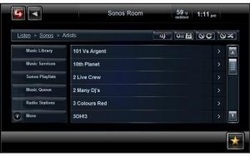 For most users, a good integrated home allows total control for audio and video as well - not just environmental features like lights, temperature, shades, pool and spa. Some automation companies make it easier than others to access your media. Most offer a nice interface to access FM/AM and satellite radio as well as an iPod dock. Having access to Sonos, Pandora, iTunes libraries, Internet Radio and Movies is a little trickier. The easiest and most cost effective way to have total control of your music if definitely the Sonos system. The issue is that Sonos is not an automation company so it is on an island in terms of not being directly integrated with our home control platform. The only company that offers integration into the home automation system of Sonos is Control4. Extra Vegetables (a third party Control4 driver company) has created a driver to allow total control for the Sonos audio system right from the Control4 interface. #4 - Remote access when you are not homeOne of the benefits about having an integrated house or office is that you can check on it when you are away. These functions range from setting vacation modes for your lights, drapes and sprinklers to give the appearance that you are home. Also checking on your cameras when you alarm goes off. Being able to remotely see who is at your front door and buzz people in for package deliveries and more. CCTV Surveillance Control4 4Sight Crestron Mobile Pro G #5 - Choose an established install company and equipment manufacturerThere are many home automation companies that pop up here and there and ultimately get bought out by their competitors or go bankrupt. This means no support, no dealer network, and no upgrades for the homeowner that just spent $10,000 - $50,000 on a system. A few years back we walked into a client's home who had a Phast system. Phast was supposed to be the game changing new kid on the block 15 years ago and they were in business for a couple years before being bought by AMX (a larger competitor). AMX killed the line and left customers with these expensive systems that were essentially paperweights.
Companies like Crestron, Lutron, AMX, URC, RTI, HAI, Control4 and Savant have been around long enough that they are good bets to invest in a system - you can also rest assured that you have a strong dealer network with these brands to service, upgrade and repair elements of you system. |
AuthorThe Editorial We Home Theater, Audio Video and Automation Blog - Los Angeles
Archives
May 2023
Categories
All
|
|
Sales: 213-232-4702 x1
Support: 213-232-4702 x2 Toll Free: 800-224-5721 Sales@bcgconcepts.com Support@bcgconcepts.com 8101 Orion Ave Unit 1 Van Nuys, CA 91406 |
|
CONTACT/Support |
AREAS SERVED
|
Los Angeles
Brentwood Beverly Hills |
Encino
Tarzana Sherman Oaks |
Manhattan Beach
Redondo Beach Hermosa Beach |
Westwood
Downtown Studio City |
Pasadena
Pacific Palisades Malibu |
Playa Vista
Playa Del Rey Calabasas |
© COPYRIGHT 2020. ALL RIGHTS RESERVED.

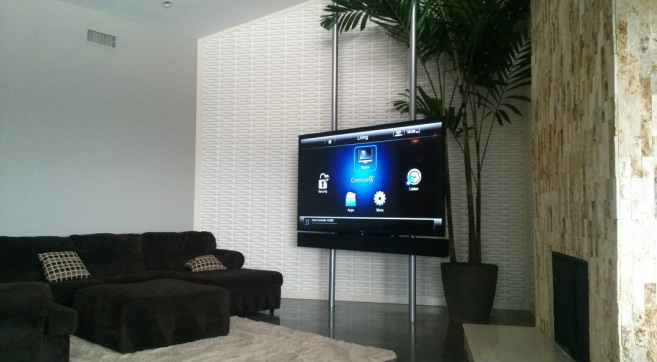
 RSS Feed
RSS Feed